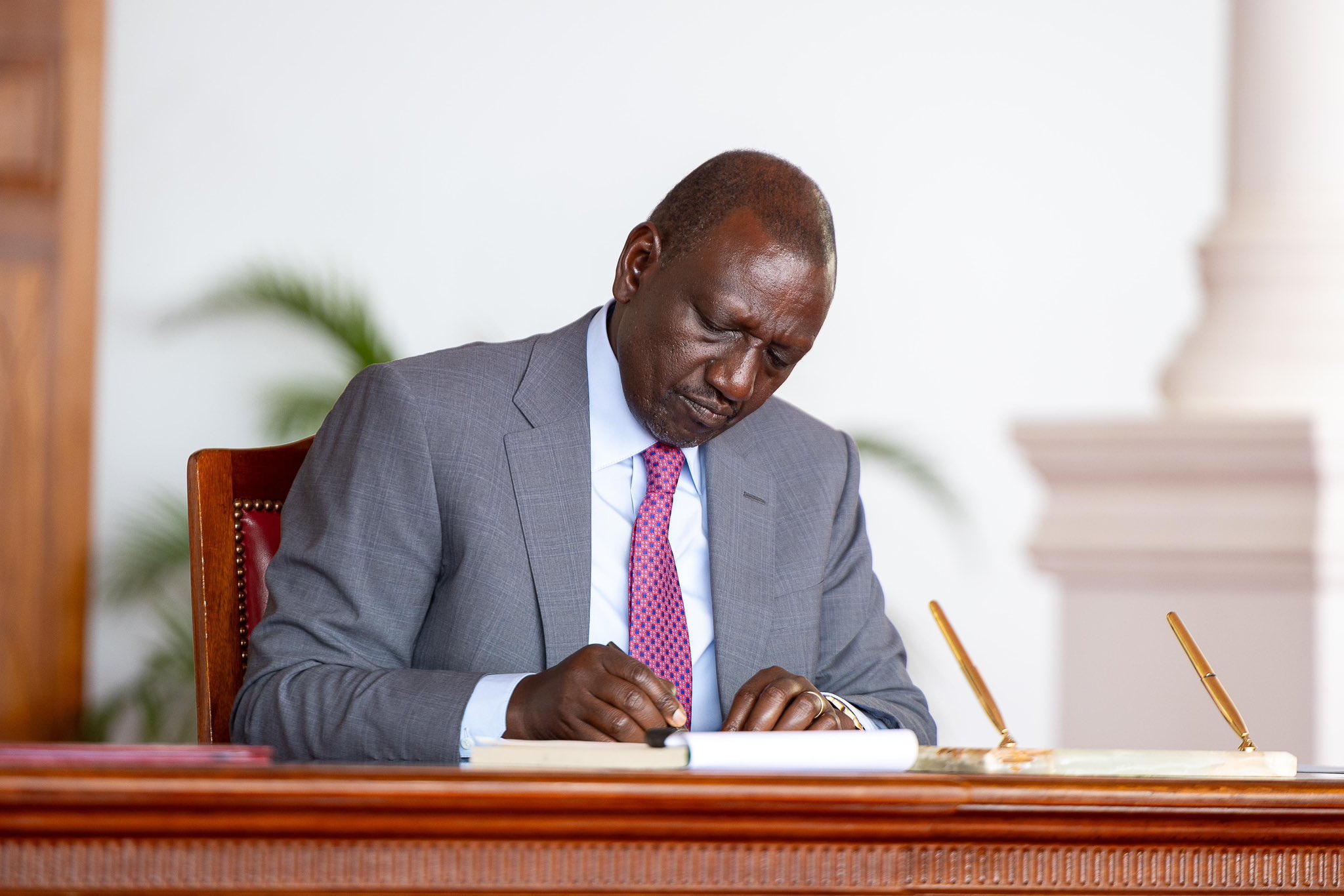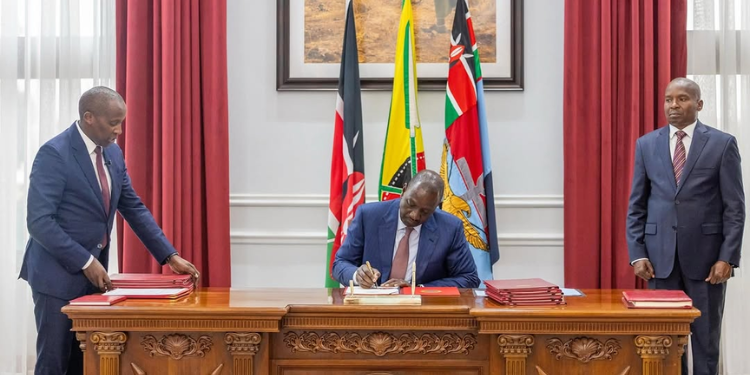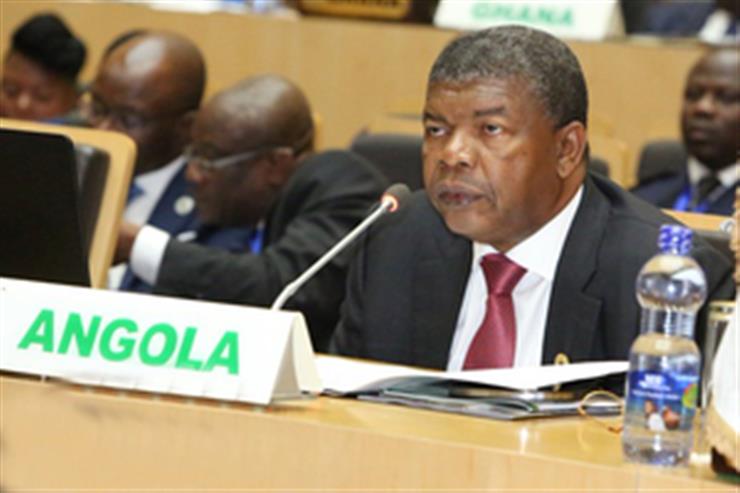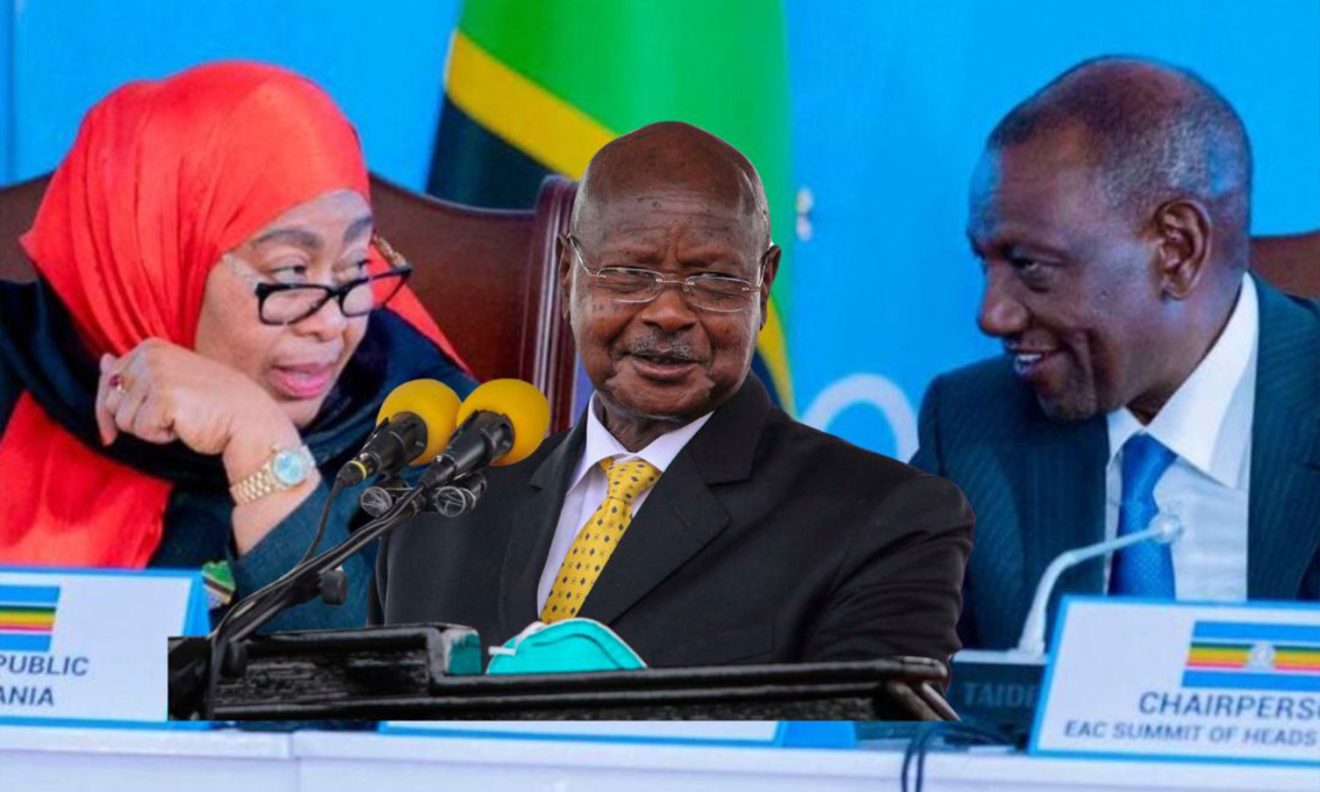For nearly a year, Kenya’s exchange rate has remained largely unchanged. The Kenyan shilling has remained steady at around Ksh 129 to the US dollar, showing minimal movement since late 2024. In a world where currencies, from the naira to the rand and even the euro, have swung wildly in response to shifting global interest rates and geopolitical tremors, the shilling’s tranquility stands out.
According to Trading Economics, the shilling has strengthened by a mere 0.1% against the dollar over the last 12 months, effectively remaining flat. Daily trading data from the Central Bank of Kenya (CBK) show the rate fluctuating within an extremely narrow band: between KSh 129.2 and KSh 129.9 per dollar for much of 2025.
What the Data Reveals
An examination of monthly averages shows that from October 2024 to October 2025, the USD/KES rate fluctuated within a range of less than 1%.
The 12-month standard deviation of the rate is estimated at just 0.45, indicating one of the lowest volatilities among African frontier currencies.
For comparison, the Tanzanian shilling’s annual range exceeded 5%. The South African rand moved nearly 20%. And even the stable Ugandan shilling saw swings of 3-4%.
Kenya’s calm, therefore, is statistically extraordinary- or is it manipulated?
Such steadiness would normally be celebrated. Yet, in October 2025, the International Monetary Fund (IMF) raised an eyebrow—and issued a warning.
The IMF’s Concern: Shilling Stability That Defies Logic
In its latest review, the IMF noted that the shilling’s behavior was “unusually stable given global currency movements.” The Fund cautioned that this pattern could signal market interventions or suppressed adjustments, making Kenya’s monetary policy less responsive to real-world conditions.
The essence of the IMF’s concern is straightforward: When a currency refuses to move — despite large shifts in global capital, inflation, or interest rates – something deeper is anchoring it.
Also Read: IMF Hints at New Loan for Kenya as Nairobi Staff Visit Ends
That “something,” analysts suggest, could be a mix of policy management, forex interventions, or administrative controls that dampen market dynamics.
While such actions can provide short-term comfort, they may also distort competitiveness, erode confidence, or drain foreign reserves if sustained too long.
Why the Shilling Has Been So Stable
Despite speculation, there are legitimate economic factors supporting the Kenyan currency’s apparent resilience. These include:
- Remittance inflows – Kenya continues to record robust diaspora remittances, exceeding US $4.3 billion in 2024, providing a consistent supply of dollars.
- Healthy reserves: Treasury data from late October 2025 indicate reserves at US $12.07 billion, covering about 5.3 months of imports, well above the regional average.
- Moderate import demand: Global commodity prices eased, and Kenya’s import bills stabilised after the 2022 – 2023 surge.
- Debt-management adjustments: The government has pursued debt buybacks and longer-dated bond issuances to smooth repayment pressures and steady the FX outlook.
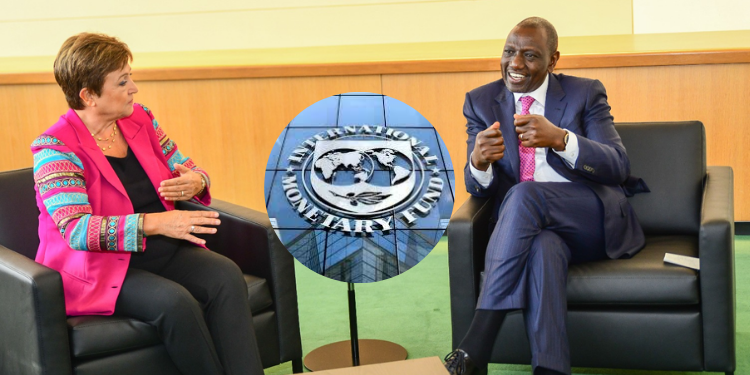
These fundamentals have kept foreign-exchange markets liquid and dampened volatility. As a result, both businesses and consumers have enjoyed a rare year of price predictability – a sharp contrast to the inflationary waves of 2023.
The Double-Edged Sword of Stability
But stability is not always synonymous with strength. Economists point to several risks lurking beneath the calm:
- a) Overvaluation and Competitiveness – If the shilling is artificially supported, it may be overvalued relative to Kenya’s trading partners. An overvalued currency makes exports, such as tea, coffee, horticulture, and tourism, more expensive abroad, while encouraging imports. This could widen the trade deficit and suppress job-creating export industries.
- b) Policy Transmission Risks – The CBK has worked hard to manage inflation through interest-rate adjustments. Yet, if the exchange rate is effectively pegged, monetary policy transmission weakens – interest-rate changes may fail to influence inflation or credit conditions as expected.
- c) Reserve Depletion – Defending a currency consumes reserves. If the CBK has intervened heavily to maintain the rate, any future external shock—such as a rise in oil prices or a slowdown in remittances—could strain Kenya’s import cover.
- d) Debt Servicing Pressures – Roughly half of Kenya’s external debt is dollar-denominated. A stronger-than-fundamentals shilling can mask risk in the short term, but if a correction occurs, debt service costs could spike, putting pressure on fiscal balances.
Lessons from Recent History
Kenya is not new to exchange-rate anomalies. Between 2011 and 2012, the shilling fluctuated wildly from KSh 83 to over KSh 107 per USD, prompting the CBK to implement an emergency tightening.
Again, in 2022-2023, depreciation accelerated as dollar shortages, high import bills, and global rate hikes drove the shilling to record lows, near KSh 160.
The current phase of near-perfect stability may thus represent a policy overcorrection—a desire to avoid the chaos of the past.
However, as the IMF notes, sustained rigidity can store up the same pressures that once led to abrupt corrections.
The Regional and Global Context
Across Africa, exchange rates have reflected broader global trends:
- The Nigerian naira and Egyptian pound have both seen steep devaluations in 2024 – 2025 amid IMF-backed reforms.
- The Tanzanian shilling and Ugandan shilling have depreciated modestly, aligning more closely with trade and inflation differentials.
- Globally, the US dollar index strengthened intermittently during 2025 as markets priced in U.S. monetary tightening.
All the while, Kenya’s currency has remained almost unchanged in this global turbulence – precisely what makes the IMF uneasy.
What does this mean for Business and Policy?
For businesses, this predictability has been a blessing. Importers can plan; manufacturers enjoy stable input costs; and lenders can price FX-linked loans with confidence.
However, for exporters and policy-makers, the trade-offs are growing sharper. Export competitiveness is eroding quietly. Inflation targeting is becoming less effective. The market may lose confidence if transparency around exchange-rate policy diminishes.
If Kenya were to experience a sudden depreciation after such a long period of stability, the shock could be more disruptive than if the rate had adjusted gradually.
The Road Ahead: Stability or Stagnation?
Kenya’s macroeconomic fundamentals remain broadly positive – GDP growth above 5%, contained inflation, and solid remittances.
However, with public debt nearing 70% of GDP, fiscal space is narrow, and a misaligned currency could amplify these risks.
Also Read: CBK Explains Why Kenyan Shilling Has Not Fallen for Over 11 Month
The prudent course is not to chase volatility but to allow limited, market-driven flexibility in the exchange rate. A shilling that moves modestly in response to fundamentals would strengthen investor confidence more than a rate that appears “too calm to be true.”
As one Nairobi-based economist put it:
“The shilling looks peaceful on the surface, but like a dammed river, pressure builds behind the wall. When it breaks, it doesn’t trickle; it bursts.”
What to Watch
For observers and policymakers alike, several indicators merit close tracking over the next 12 months:
| Indicator | Why It Matters | Current Level (Approx.) |
| FX Reserves | Shows CBK’s intervention capacity | $12.0 B (~5.3 months import cover) |
| Remittances | Sustains dollar supply | $4.3 B (2024) |
| Export Performance | Tests competitiveness | Tea/coffee exports slowed ~3% YoY |
| Inflation vs. Peers | Reveals real appreciation | Kenya ~6.4% vs. Uganda 3.2% |
| IMF Programme Reviews | Signal confidence and reforms | Next review Q1 2026 |
These data points will determine whether the shilling’s serenity reflects policy competence or policy constraint.
In Perspective
Kenya’s currency stability over the past year has been both remarkable and revealing. It has calmed inflationary fears and reassured businesses, yet it has also prompted hard questions from the IMF and market analysts about what lies beneath.
For now, the shilling’s stability mirrors the delicate balance of Kenya’s broader economy – steady on the surface but supported by deep policy management and fragile global currents.
The test ahead is whether that balance can endure without breaking the dam.
References
- IMF Article IV Consultation, October 2025
- Trading Economics – Kenya Shilling Spot Rates
- Reuters, co.ke, The Star Kenya, Sharp Daily Africa, Focus Economics (2024–2025 coverage)
Follow our WhatsApp Channel and X Account for real-time news updates.
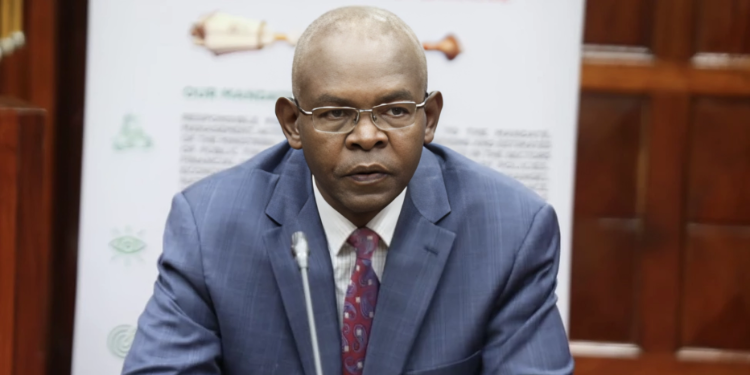













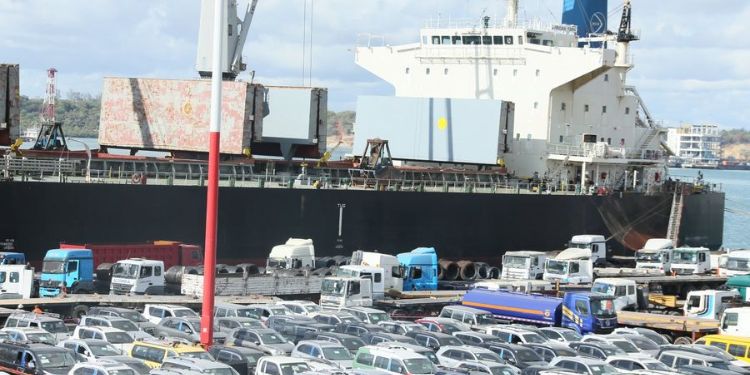





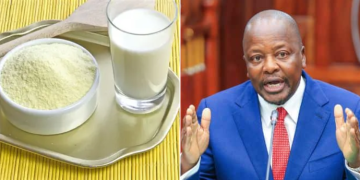





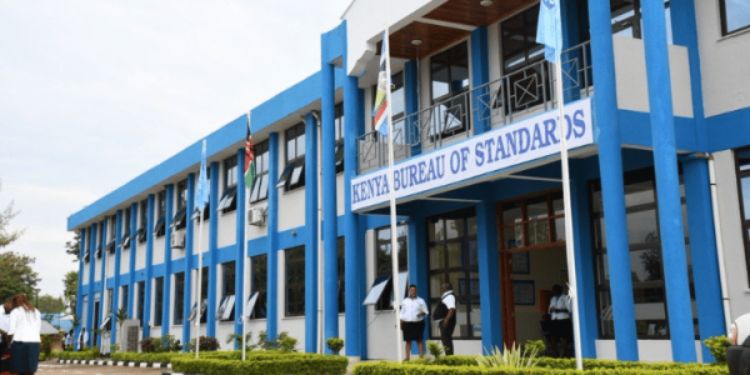
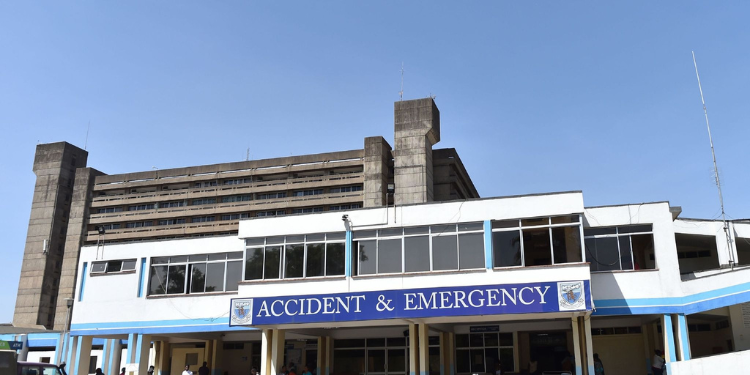
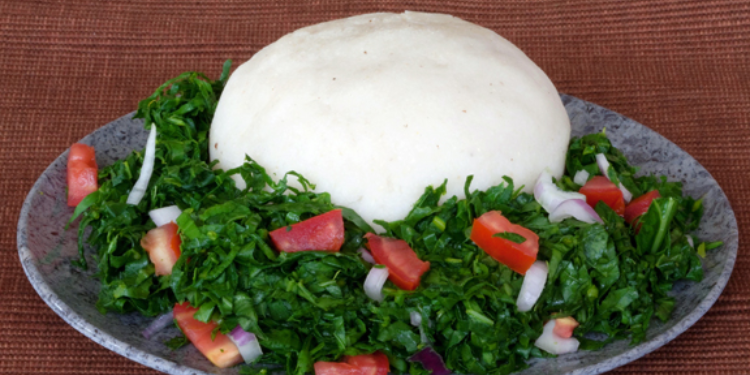











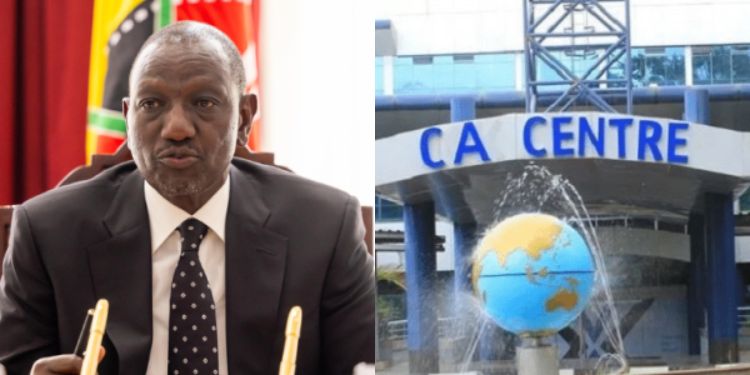









![Senator Allan Chesang And Chanelle Kittony Wed In A Colourful Ceremony [Photos] Trans Nzoia Senator Allan Chesang With Channelle Kittony/Oscar Sudi]( https://thekenyatimescdn-ese7d3e7ghdnbfa9.z01.azurefd.net/prodimages/uploads/2025/11/Trans-Nzoia-Senator-Allan-Chesang-with-Channelle-KittonyOscar-Sudi-360x180.png)












